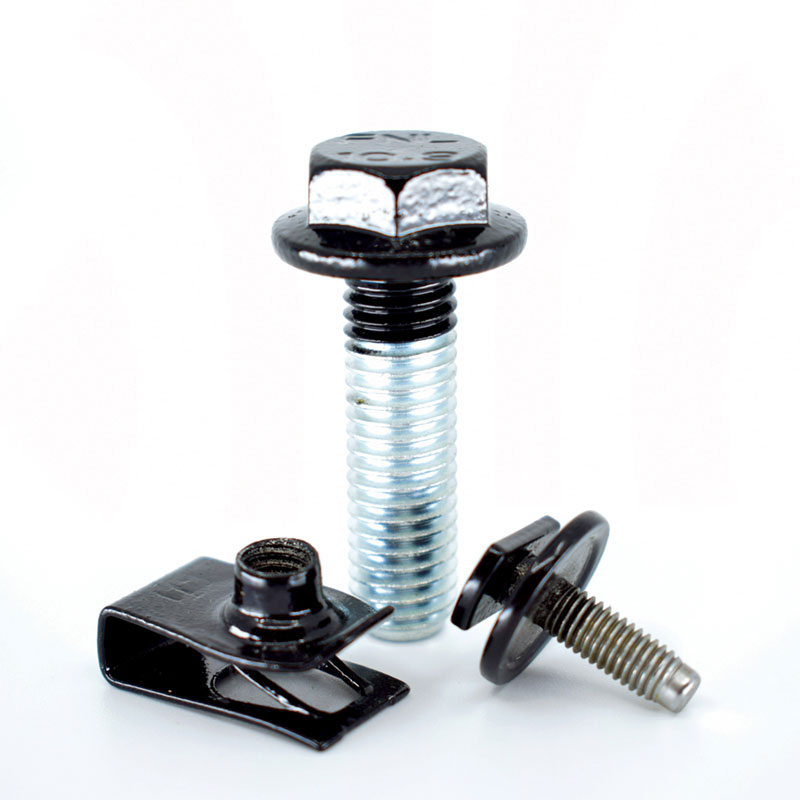Little Dog
A2OC Donor
I invite this conversation from a position of needing to know rather than knowing. Years ago I would have cited rust as my car DIY nemesis. However I got good at rust; faced with oxy it melts.
Put aluminium next to steel and galvanic corrosion occurs. The resulting aluminium oxide has more volume than aluminium so it applies pressure, it is abrasive too so penetrating oils make no difference and based on my experience heat to the melting point of steel will not shift it either.
I had a simple preventative solution, put a barrier between the steel and aluminium, this worked with my A2 heat shields but recent findings changed my view of this fix.

Shame I started to clean it up but between the two steel studs was extensive galvanic corrosion of aluminium. Based on my existing understanding I would expect that component to meet with steel. No, it meets with aluminium so the corrosion must be caused by the more remote steel studs.
Galvanic corrosion and how to prevent; discuss.
Put aluminium next to steel and galvanic corrosion occurs. The resulting aluminium oxide has more volume than aluminium so it applies pressure, it is abrasive too so penetrating oils make no difference and based on my experience heat to the melting point of steel will not shift it either.
I had a simple preventative solution, put a barrier between the steel and aluminium, this worked with my A2 heat shields but recent findings changed my view of this fix.
Shame I started to clean it up but between the two steel studs was extensive galvanic corrosion of aluminium. Based on my existing understanding I would expect that component to meet with steel. No, it meets with aluminium so the corrosion must be caused by the more remote steel studs.
Galvanic corrosion and how to prevent; discuss.



